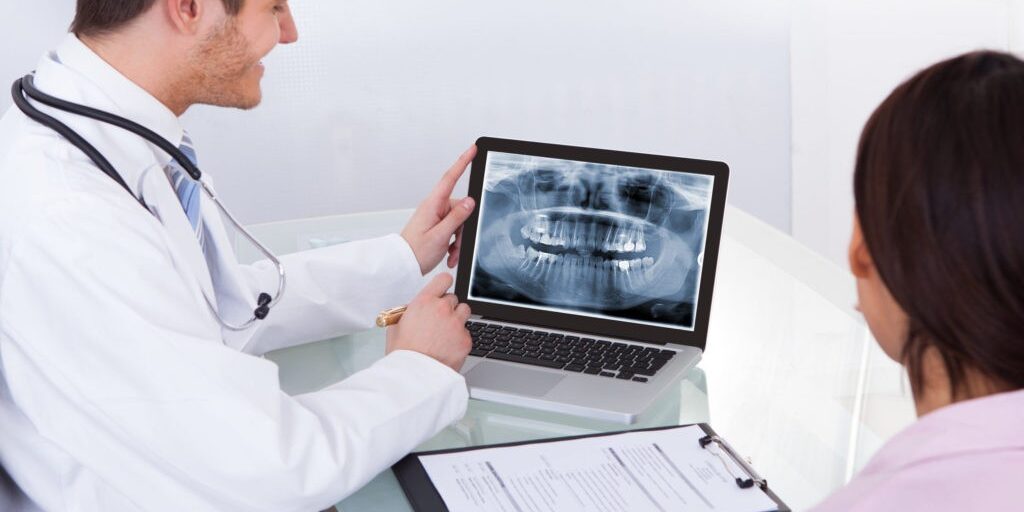
Improving Patient Care by Reducing IT Burdens on Physicians
The words condemning the inefficiencies and excessive administrative tasks of the current electronic health record (EHR) system came directly from the American College of Physicians (ACP). They called it “inefficient, excessive, and imposing”. The ACP said that EHR systems divert time from patient care and contribute to physician burnout. It was a wholesale condemnation of the EHR system that all physicians must use in their practices.
Too many administrative tasks in healthcare.
Instead of streamlining patient care, the ACP said that EHR works against it, diverting time and focus from “providing care to patients and improving quality”. In fact, the ACP went so far as to say that EHR, “… may prevent patients from receiving timely and appropriate care or treatment.”
That’s a strong statement and the statistics back it up:
- Physicians in the emergency department spend 43% of their time on data entry.
- During a busy 10-hour ED shift, charting functions and documenting patient encounters involve 4,000 mouse clicks (a conservative estimate).
Before a healthcare professional can access their computer, they must enter usernames and passwords. You can add them to the 4,000-mouse-click-per-shift estimate. Stop wasting clinician and patient care time with password typing.
We estimate that each clinician makes 50 to 60 login and logout entries every day. 100 hours of productivity lost each year to those repeated entries.

Too much typing and mouse-clicking is bad for patients.
Remembering usernames and passwords can be like a Rubik’s cube for the brain and one that has ripple effects for the entire organization. Passwords only add to the endless administrative burdens:
- Repeated calls to IT staff about lost passwords cause innumerable interruptions to the IT staff and patient care.
- Lost productivity due to logging in and logging out can mean $5,000 or more in lost productivity and patient care each year. When every penny matters to the bottom line, thousands of dollars really matter.
- User complacency leads to administrative mistakes including logging patient information into the wrong session left open by a careless, previously logged in user.
The ACP has developed a series of recommendations on how to reduce the “excessive” administrative tasks required by EHR. One of the key points is to improve “…data-entry technology that is stuck in the 1990s. Health IT needs to streamline processes and reduce burden.” In order to improve patient care, clinicians must get rid of password-typing, password resets, forgotten passwords, mistyped passwords, and more by getting rid of passwords.
Relieve forever the burdens of repeatedly typing passwords to login and to remember to logout manually. Using innovative authentication solutions, clinicians can eliminate the 50 to 60 mouse clicks needed before work can begin from workstation login to EHR login. Impact patient care and clinician productivity using ready-to-go authentication solutions.

Passwordless EHR login key for clinicians.
GateKeeper Proximity is a wireless security key that stores account credentials for computers, websites, and desktop applications with military-grade AES256 encryption. The user simply carries the key, just like a car key. When the key is in range, the GateKeeper software authenticates the user and logs in. When the key moves out of range, the GateKeeper software automatically locks the computer. Private information is never stored on the key and credentials are never transmitted over the air. Therefore, private information can never be sniffed. GateKeeper 2FA for healthcare workstations contains advanced authentication for heightened security and meets compliance requirements. With all the time saved, doctors and nurses can respond to patients faster – improving quality of patient care.
Clinicians shouldn’t have to fight technology while caring for patients. Technology should be developed wisely to improve workflow, enhance patient care, and underscore patient safety and quality. It should make it easier, not harder, to access clinical workflow from PC login to EHR login. Remove barriers to maximize technological benefits for improving patient care and helping physicians avoid burnout. See how other organizations, including American College of Healthcare Trustees and ProSoft, are deploying GateKeeper to healthcare organizations for fast, hands-free login.
See GateKeeper Enterprise advanced MFA in action.
Take a self-guided tour of how you can evolve from passwords. Then you're really saving time with automation.




